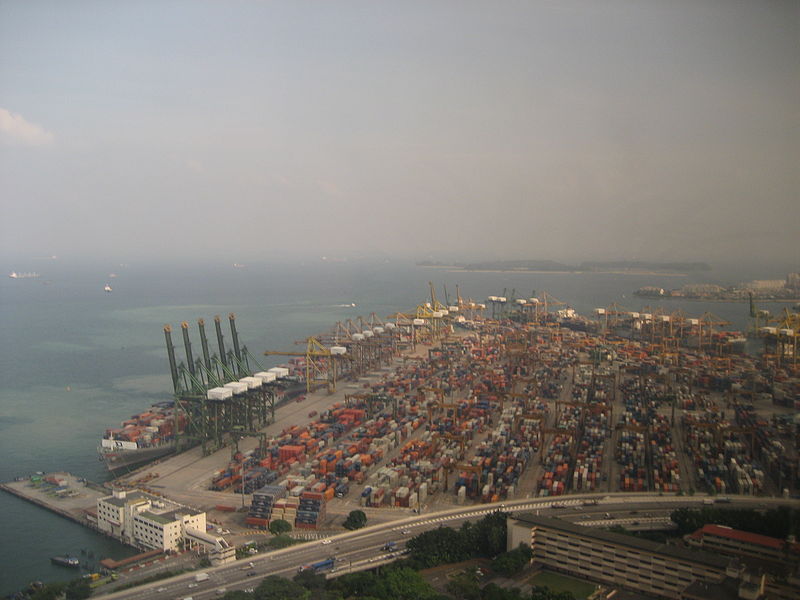
The Maritime and Port Authority of Singapore (MPA) has started construction in the second phase of Tuas Megaport by installing the wharf’s first concrete structure.
The MPA is responsible for the development of the Tuas facility has drawn a four-phased plan for the development of the port over 30 years.
In 2018, the authority awarded the Tuas Terminal Phase 2 reclamation project to Penta-Ocean Construction /Hyundai Engineering & Construction /Boskalis International BV (PHB) joint venture (JV)
In this phase of the development, contractors will reclaim 387ha of land. A total of 227 caissons will be fabricated on-site to form part of 8.6km wharf structure.
To ensure safety and enhanced productivity, the Tuas Terminal Phase 2 project team will use a slip form jack monitoring system and rebar modularisation for the fabrication of the caissons.
The slip form jack monitoring system will offer a clear view of the hydraulic system, while rebar modularisation will allow the pre-fabrication of steel bars.
Once operational, the second phase of port development will feature 21 deepwater berths, and provide a handling capacity of 21 million 20ft equivalent units (TEUs) of cargo a year.
The entire Tuas Megaport will have the capacity to handle up to 65 million TEUs a year.
Singapore Senior Minister of State for Transport and Health Dr Lam Pin Min said: “The installation of the first caisson for Phase 2 marks an important milestone in the development of the next-generation port at Tuas.
“Tuas Terminal will be digitalised and smart, and integrated with the wider supply chain network. This will be key to maintaining our position as a leading global hub port.”
The second phase of reclamation work is scheduled to be complete by 2027.



